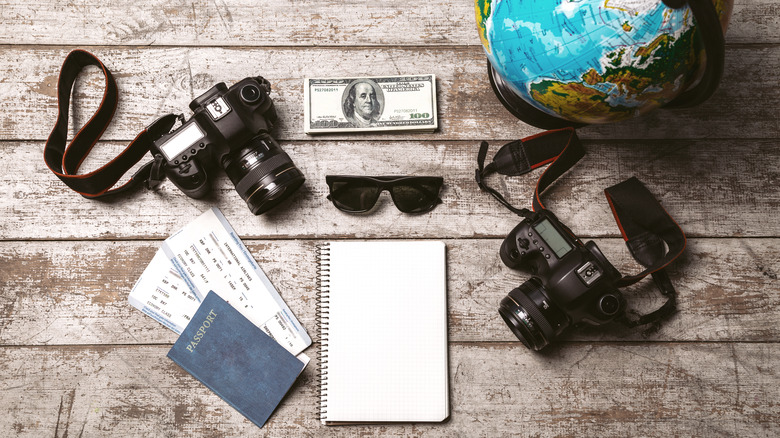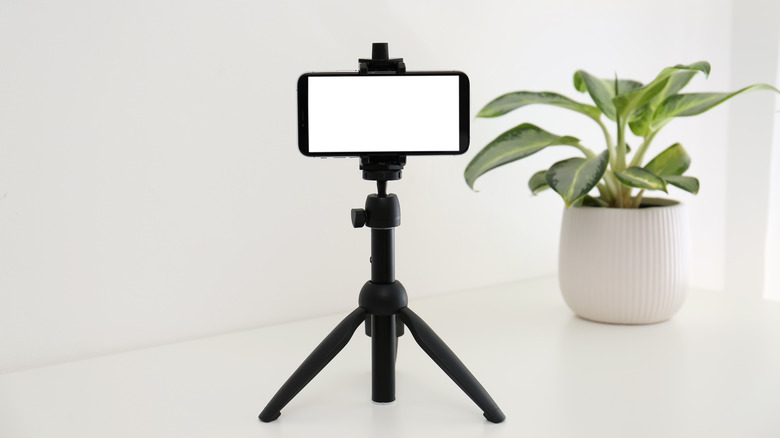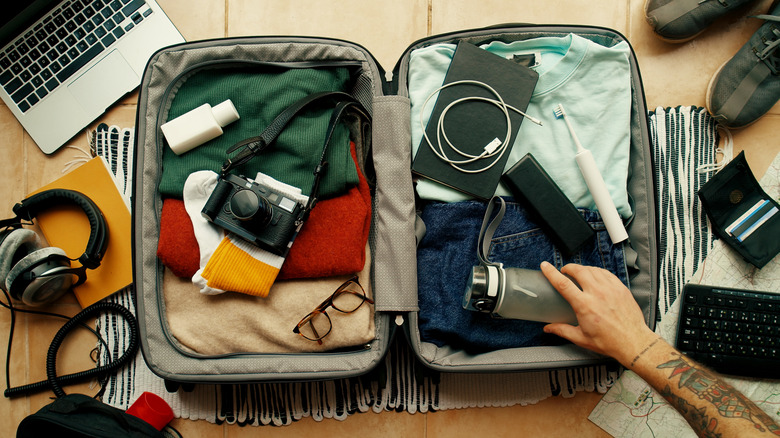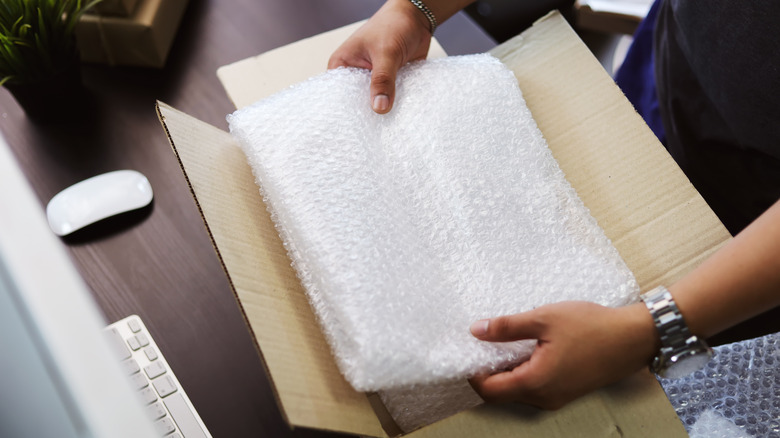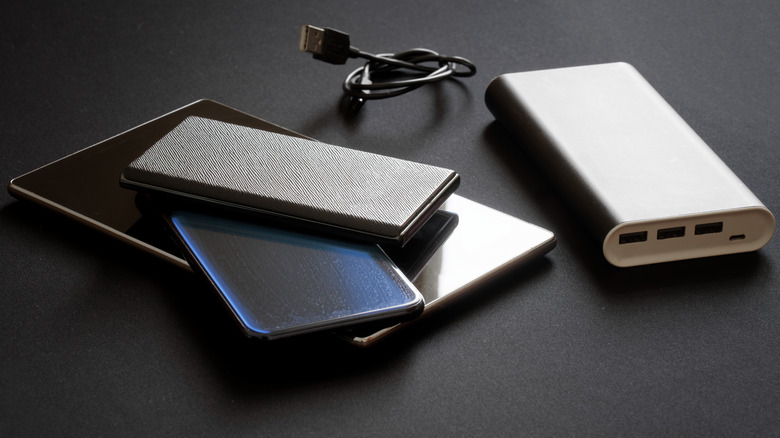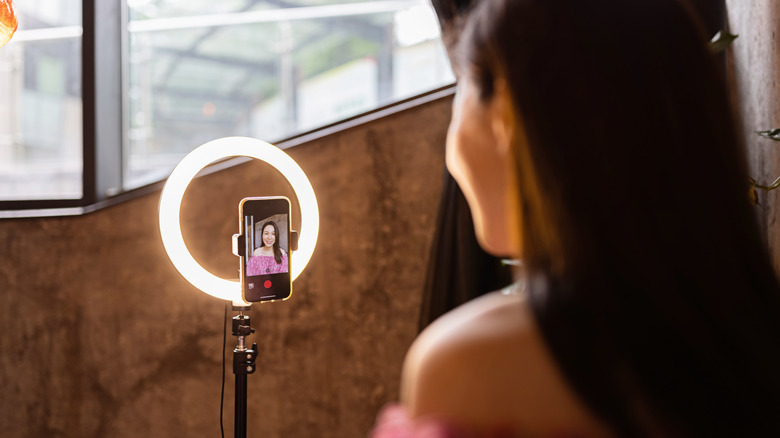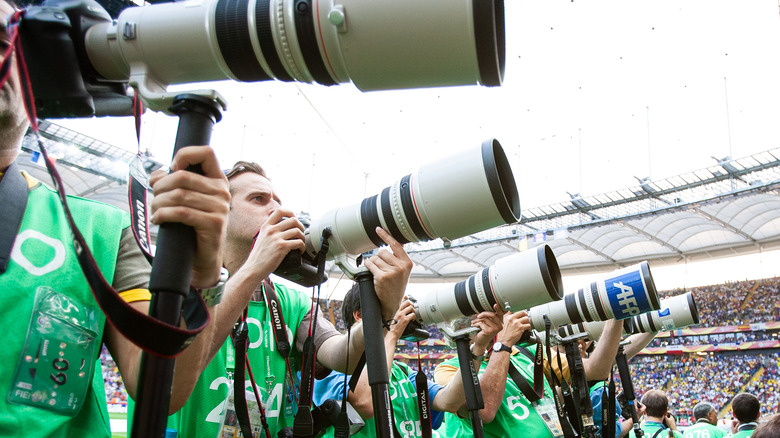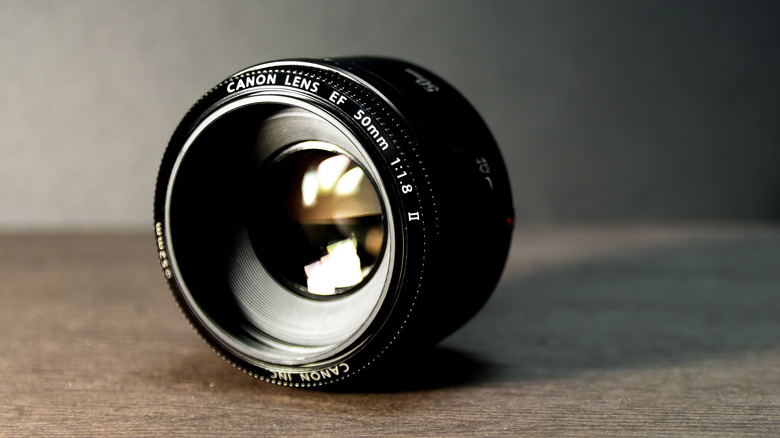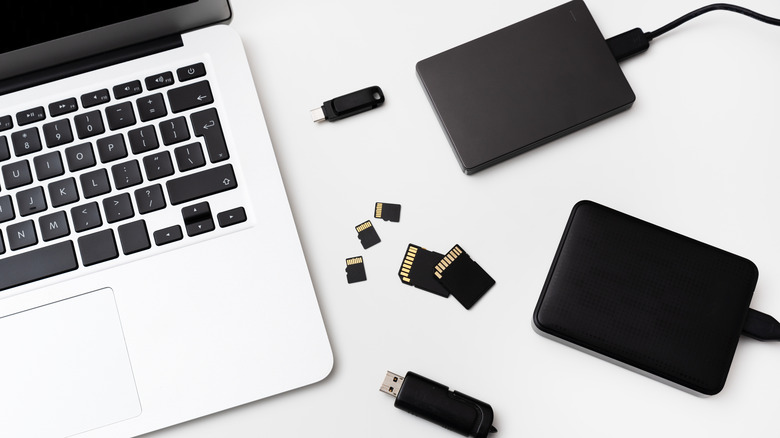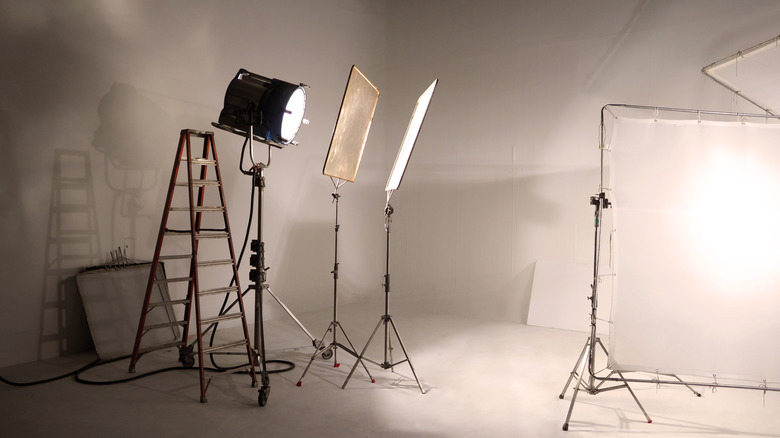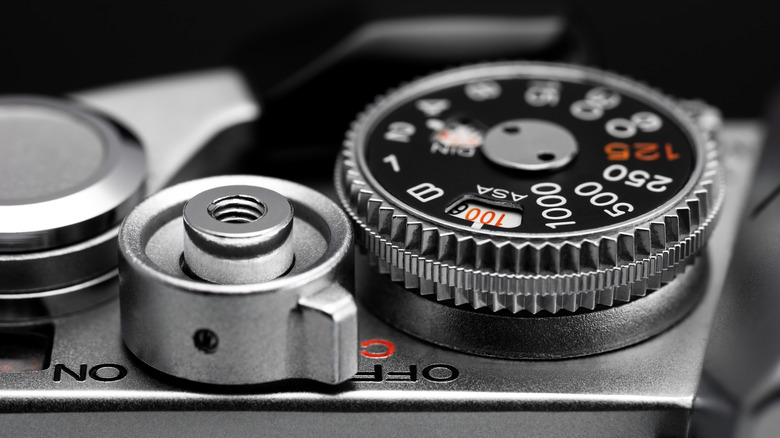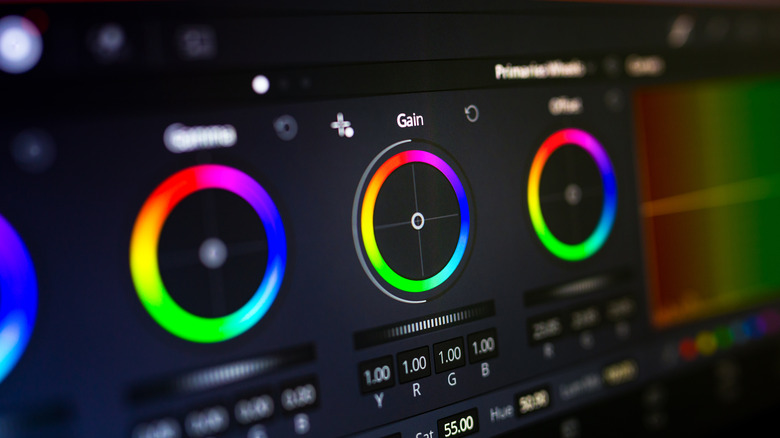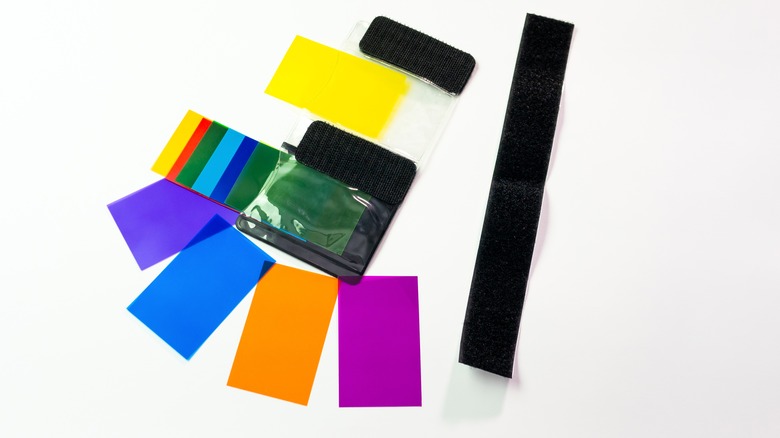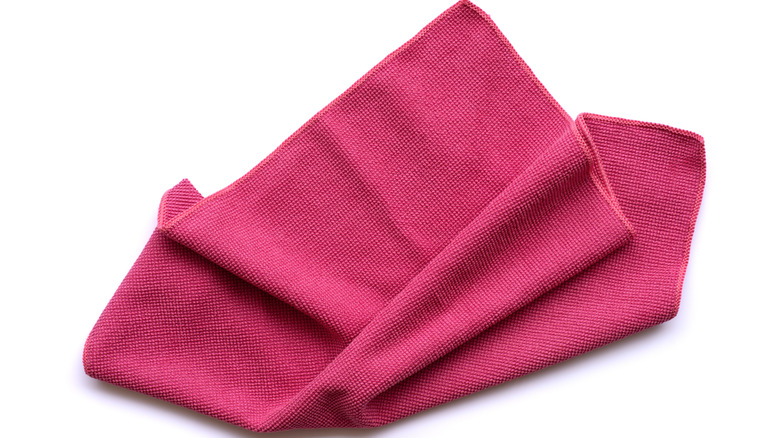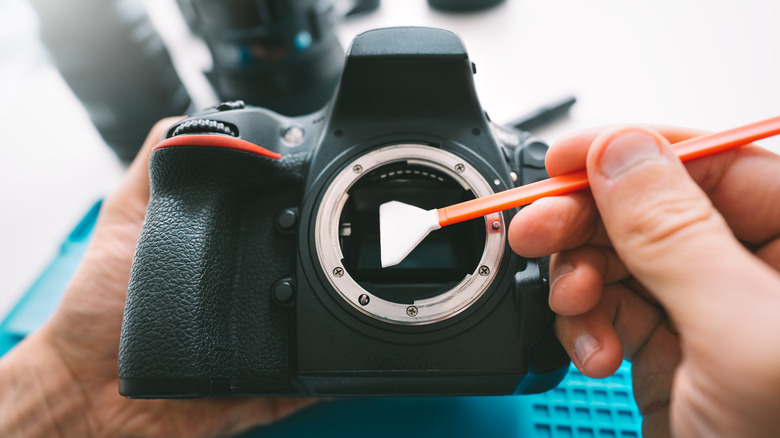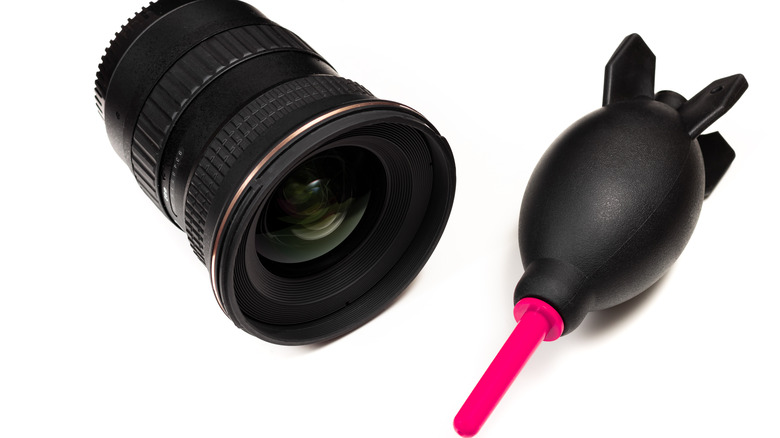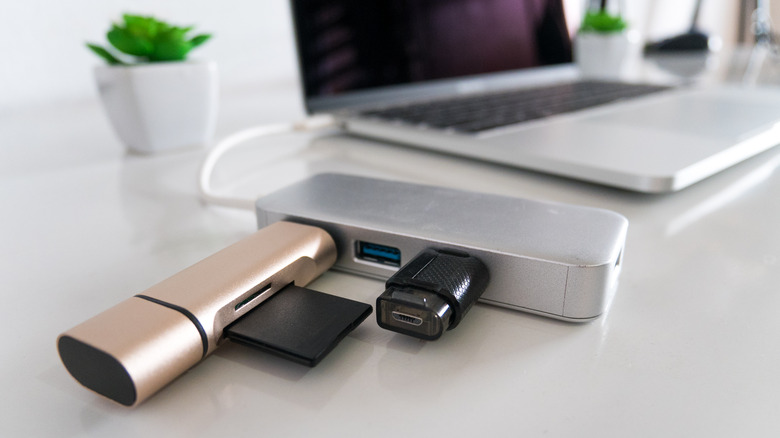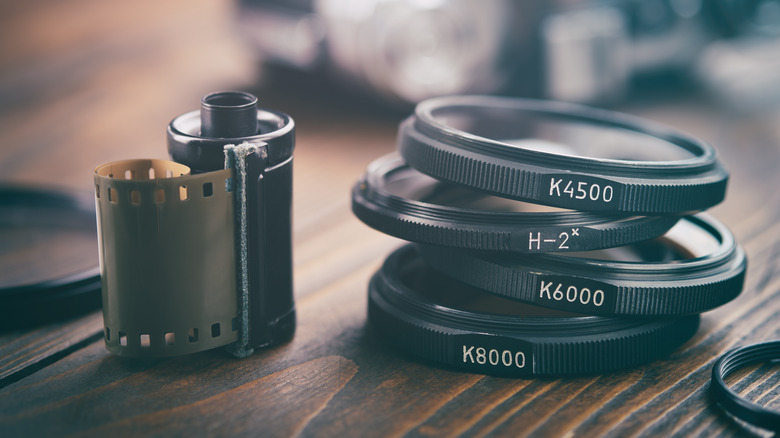Essential Camera Accessories Every Photographer Needs In 2022
While a camera is the most basic necessity when it comes to the world of photography, acquiring add-ons and accessories for your rig can help you ramp up your skillset and produce better shots. Once you get into the game, it is inevitable to realize how important camera gear and accessories are to bring out the real essence and beauty of photography.
Of course, the list of accessories can be quite long. Since there are so many things to choose from, and with each of them having its own unique purpose, deciding what to get and what not to can be a confusing process. But just like any other field, there are essentials attached to the game of photography and this article is all about knowing which essentials you need. We have compiled a list of the essential accessories that every photographer, whether amateur or pro, must possess in his or her toolkit.
Tripod
One of the most essential pieces of equipment for photographers is a tripod. If you want to take photographs in low light, you will unquestionably need a tripod. Otherwise, your photographs will either come out terribly blurry (if you use a slow shutter speed), or they will have an uncomfortable amount of noise (if you shoot with a high ISO). Anyhow, a tripod's many applications are limitless. You can avoid camera shake by keeping your camera steady, which will allow you to adjust the settings more freely during lengthy exposures.
This can be a handy tool if you're taking long-exposure photos for artistic reasons or because the light is low. You can also use a tripod to keep your composition steady, such as when photographing food or products. You can also use it when you need a fine focus, like in macro photography. When purchasing a tripod, it is important to examine the material, such as carbon fiber, lighter but more expensive than aluminum.
However, weight can be a major consideration for those who plan to travel with the device. The tripod's head should also be checked. An adjustable pan and tilt head is better than a ball head since it allows you to fine-tune your camera's settings. The user can swap out the heads of some tripods. In the event that you don't have a camera, utilize a phone tripod to make the most of smartphone photography.
Camera bag
The most obvious and useful accessory that you can get for your camera is a camera bag. These come in all sorts of variety, offering different types of shapes, sizes, and objectives. There are well over a thousand options on the internet that will fill your purpose. Whether you are a full-blown photographer with all sorts of professional equipment and gear, or an amateur enjoying your favorite pastime, there is no doubt you need a camera bag to carry and protect your stuff.
For starters, go for a small and handy bag, good enough to hold the body of your camera along with the basic lense, a zoom kit, and maybe a flash, too. Products from Domke serve as great options, with a wide range of small camera bags. If you are a professional photographer, someone who is up there covering an entire wedding and other events, the LowePro Trekker camera bag might be of use for you. It is a full-service camera bag with lots of compartments to store all your lens kits including a big telephoto L lense, two camera bodies, additional chargers and battery packs, and even a tripod.
Protective wrap
You may want to bring your camera with you, but you don't have room for a separate camera bag. Putting it in a regular bag or backpack may be the best option, but you'll need additional measures in place to protect it. Take precautions to prevent damage to your pricey camera from elements such as dirt, moisture, and other people. Protectice wrap is useful for times when you don't want to carry around a cumbersome and hefty camera bag filled with equipment that you most likely are not going to use. Especially when you are wandering around a new city, going on a hike, or spending the day at the beach.
Protective wrap offers easy access to your camera while keeping it safe from the elements that can damage your equipment, such as sand, dust, rain, and snow. If you don't have ample space, this will keep your camera safe from other items in your backpack. Cushioning from light bumps is also provided, however, this won't assist if you drop the camera, so use caution.
Batteries, grips, and chargers
The worst thing about going out with a camera is getting to your destination only to find that the battery is dead. The charger is always included when purchasing a new camera, but this is not always the case when purchasing a pre-owned one. As a rule of thumb, it's preferable to get a charger specifically designed for the brand of camera you're using, such as an on-brand Nikon charger for a Nikon camera or a Canon charger for a Canon camera.
When a battery grip is attached to a camera, it immediately becomes much simpler to hold the device in a vertical position and also improves the balance when using a more substantial lens. This is especially important to keep in mind for people who have large hands because it can be difficult to gain a comfortable grip on smaller mirrorless cameras. Additionally, the design of most battery grips makes it possible to easily access the aperture and shutter speed controls, in addition to the customized buttons, without having to overextend one's reach when shooting in a vertical orientation.
However, a charger that can charge numerous batteries at once may be advantageous. You'll be able to use extra batteries, charge them up quickly, and be ready to go for the entire day. Buy a battery grip if your camera supports it, and you'll be able to shoot for extended periods before needing to replace your batteries.
On and off-camera lighting
Artificial lighting can greatly impact our photography as soon as we start shooting in more challenging lighting settings. If you're a beginner, you may find the variety of lighting options frightening, but they're actually rather simple to use.A flash that is built into the camera will consistently illuminate the subject of your photograph in a manner that is perpendicular to the direction in which the camera is pointing. On the other hand, using an external flash provides you greater creative control over your flash photography. You have free reign over the source of the light's illumination. It could be to the side of your subject, or even behind them.
Lights can either be continuous or flashing. As the name implies, continuous lighting is any light source that continuously emits light. Flash lighting uses a burst of light that is typically more powerful than a constant light source to freeze moving subjects. There are many shapes and sizes of continuous lights, with LEDs being the most frequent because of their low power usage. Lighting subjects with LED panels is fast, efficient, and typically inexpensive. A ring lamp can be as little as a desktop unit or as large as a light stand unit, generating soft, pleasing light for portrait photography. Speedlights or studio strobes can be used for flash lighting. Compared to studio strobes, the former run on batteries and are compact and portable.
Fast prime lenses
In the context of fast prime lenses, the larger the maximum aperture, the more quickly a lens can focus and capture images. This means that faster lenses can achieve higher shutter speeds. Compared to a slower lens, which requires you to slow the shutter speed down to get well-exposed photos, a fast lens offers a wider aperture, and since a more comprehensive aperture lets in more light, you can take well-exposed photos while using a faster shutter speed. This is in contrast to a slower lens, which requires you to slow the shutter speed to get well-exposed images.
When shooting handheld or moving things in low light, having this information is really helpful. Widening the aperture to f/2.8 on a fast lens will allow you to dial in a shutter speed that can effectively freeze moving subjects. When it comes to producing high-quality photos, even when you don't have a tripod, fast lenses are a must-have accessory for any photographer. As fast lenses have a wide maximum aperture, they can capture more light, allowing you to take sharp, clear photographs even in low-light situations. Even though there are numerous lenses to choose from, every photographer should carry a few, which may be called one of the essential camera accessories.
Nifty fifty
Nearly all of us adore the way that photographs look when the backgrounds are soft and hazy. You may have been dissatisfied for many years with the fact that the camera on your smartphone could not produce that effect (although many phones now "fake it" in "Portrait Mode" to give that blurry background) or with the fact that your kit lens, especially your 18-55mm, did not provide you with the blurry-background look that you observed in the photographs of other people.
To appear as though you belonged at the posh dinner parties your pals attended, you smiled, nodded, and said something about "bokeh." But the reality is that the world in the backdrop was slipping away from you the whole time. There is no substitute for a wide range of focal lengths when upgrading from your stock zoom lens.
A 50mm, or "nifty fifty," is one of the most versatile in terms of quick prime lenses. The picture quality you receive for the price is incredible. The 50mm lens is regarded as a "regular" or standard lens since it does not distort the image. The scene and subject will also be captured as closely as possible to how they appear to the naked eye. Affordably blurring the backdrop is now possible with lenses with maximum apertures of f/1.4 or f/1.8.
Storage devices
Pictures taken using a digital single-lens reflex camera (DSLR) or a mirrorless camera always have a high storage capacity and a high quality. Keeping these photographs can be challenging if you just have limited storage space available. Always beneficial is a large amount of available storage memory. The act of transporting a secondary storage device is analogous to that of transporting an additional battery. As a photographer, you are going to want to have access to both an external and an internal storage device. The one that is necessary before shooting, such as memory cards, and the one that is necessary after shooting, such as a hard drive or solid-state drive (SSD), respectively.
Even before transferring the data to an external storage device, the photographs and videos are first saved on the internal SD card of the camera. It is counterproductive to buy an expensive camera and then use a low-quality SD card in it. You are going to require a high-quality SD card that has a quick data transfer rate. Your day-to-day requirements can be met with an SD card that has a writing speed of at least 90 MBPS. If you intend to shoot videos in 4K resolution, you need to select a memory card with a transfer speed of at least 300 MB per second. Because of developments in technology, the cost of SD cards has become much more reasonable in recent years.
Reflectors
One of the simplest and cheapest photography accessories you can buy is a reflector, although, unlike its price, it actually is worth a lot more when it comes to perfect indoor lighting conditions. Reflectors can help you achieve stunning portraits in indoor lighting conditions, and the elevation in the quality of the photographs can just not be denied. It is a total game-changer when it comes to indoor shooting.
So how does a reflector work? Essentially, reflectors are shiny surfaces, mostly quality fabric that helps bounce back the light from an external source, such as an external flashlight or a strobe light. The bounced-back light can be focused on the subject being shot. It is basic photography: the better the lights, the better the photograph. This tool comes in handy when the external light source can not be tweaked according to the needs. Reflectors can be used to control the amount of light falling on the subject, allowing the photographer to achieve the desired results. When shooting outdoors, there is nothing much you can do to control the amount of sunlight, but you can always use a reflector to soften down the intensity of light falling on the subject. When it comes to indoor photography, reflectors can work like magic.
Shutter release
Camera shake can be reduced by using shutter releases, which are little devices that can be attached to the camera's shutter button. A shutter release is essential for portrait and long exposure photographers who need immaculate sharpness and deal with longer shutter speeds. All photographers should own at least one of these handy gadgets for their professional cameras.The quality of shutter releases varies greatly, from the most basic to the most excellent. A radio antenna is commonly found on the more modern remote shutter releases. In many cases, the more expensive remotes are equipped with a greater number of more powerful shooting modes. Additionally, the longer lifespan of the higher-end shutter releases is an added bonus.
It's entirely up to you whether or not you want a wired or wireless shutter release. You can use a wireless shutter release if you enjoy taking selfies, or if you need to operate many cameras at once. The wired shutter release works almost as well as the wireless one if you frequently use a tripod and/or don't mind the cord. When you click the button on the shutter release, it "talks" to your camera, and when you press the button on the device, your camera takes a picture. When you have your camera stabilized on a tripod or other piece of equipment, you can prevent it from moving by taking pictures without pressing the shutter button. This will keep your camera from shaking, which will keep your pictures from being blurry.
Photo-editing software
The photo session is just the beginning of the process of creating an amazing image. An accomplished photo editor can start with a high-quality RAW photograph and, with a wide variety of editing tools, produce a great finished image. Enhancing what you have already captured and creating effects that aren't always attainable in a photographic studio are both things that can be done through post-processing. This is especially important to keep in mind when it comes to ecommerce product photography, which often feels restrictive to the creative process.
Get reacquainted with the meaning of the term "photo editing," as well as the concept of "photo editor," and understand how to implement photo editing into your company. All photographers need photo-editing software, regardless of their level of expertise in image modification and retouching. If you think of editing as icing on the cake, know that your photo will not be its best without it. Although Photoshop and Lightroom are the industry standard for digital image processing, they come with a monthly subscription price. If you're looking for an alternative to Adobe's software in 2022, you'll be pleased to learn that there are a number of other high-quality options available.
Filter case
Aside from UV and polarizer filters, camera lenses can also be fitted with ND and color filters. The more filters you get, the more congested your bag will become, so you'll need a place to store them all. Filter wallets are excellent for storing and organizing your filter collection. You should have one of these essential camera accessories as well. Some lens filter cases only provide modest protection since they are designed with the understanding that the user will be placing the cases inside of a camera bag that already contains ample padding. Other filter cases offer even greater protection, and some even permit you to attach your filters to the exterior of your camera bag, where they are more readily available to you.
If you have a large enough filter wallet, you can store as many filters as you like inside of it. Wallets for filters can hold up to nine filters. However, there may be larger ones available. The build quality of the majority of filter wallets is about the same. When purchasing a wallet, the number of filters you need to store is the most important consideration. Invest in a single wallet or several wallets, whichever works best for you.
Microfiber cloth
Microfiber is able to pick up and retain microorganisms, liquids, dirt, grease, and grime because of its millions of individual fibers. These fibers include both positively-charged polyester fibers and negatively-charged nylon fibers, and they actually attract and pull up whatever dirt or debris is on the surface that you are cleaning. Smudged lenses and fogged-up viewfinders are just some of the minor inconveniences that photographers deal with daily. On the run, a decent microfibre cloth is a quick and easy method to keep your gear in tip-top shape. To the point where they're nearly omnipresent in camera bags, these wipes are one of the essential camera accessories.
Microfiber cloths are easy to store, keep clean and dry, and then use to clean your equipment; that's all there is. However, not all microfiber cloths are the same. Even with the best cleaning products, you may wind up with dirty lenses if you don't utilize them properly after a short period. You'll thank yourself later if you get a microfiber cloth. It will last much longer and be far more reliable if you spend a little extra money on it. As a side note, never wipe a camera sensor with a microfiber cloth. Introducing abrasive particles will result in the sensitive sensor being scratched.
Sensor swab
Sensor swabs are your second-best option for removing particularly tenacious particles of dirt that just won't budge no matter what you try. The most thorough kind of cleaning is achieved using these specialized cleaning rags, which are tailored to the requirements of a particular type of sensor. A sensor swab is an essential piece of equipment for any photographer who takes pride in maintaining a spotless image sensor and abhors the idea of paying another person to do so on their behalf.
To use a sensor swab, all you have to do is wet the end of the swab and give the sensor a good, hard brushing, but there are a few things you need to keep in mind before doing so. To begin, cleaning the sensor requires the appropriate solution, which is usually Photographic Solutions Optic Cleaner. Second, there are three distinct designs of sensor swabs that correspond to the three primary sizes of sensors, and you must ensure that you are using the appropriate one. Make a mental note of the size of the sensor in your camera, and then go out and buy swabs in the appropriate size for that sensor. You should only put a small amount of liquid on the swab and only use each side of the swab once. Scratching the sensor could happen if you use a swab covered with grit and pass it over the sensor's surface.
Air blaster
It is just as essential to keepyour camera clean as it is to keep it secure, and to have a sensor that is as clear as the glass is essential to producing high-quality photographs. However, camera sensors are extremely sensitive, and as a result, they call for specialized care. You can't just wipe them down with a damp rag or clean them with some soap and water; you'll need a specialized instrument to prevent the sensor from being harmed while you're cleaning it.
The Giottos Rocket Blaster is an absolute godsend for those pesky dust and dirt particles that can coat your camera sensor. This straightforward piece of equipment, which releases strong blasts of air, is fantastic for removing any dust or dirt particles that might be sticking to your camera's sensor. The Rocket Blaster operates in a manner that is quite analogous to that of a bellows; by applying forceful pressure to it, a powerful stream of air is produced, which should eliminate the majority of the dust and debris. During the process, the sensor is not touched by any foreign object; as a result, it is extremely unlikely that the sensor will become harmed. There are three different sizes available for the Giottos Rocket Blaster: small, medium, and giant. Getting the bigger size is something I strongly advise you to do.
Memory card reader
SD card readers that are incorporated directly into computers are becoming increasingly rare, especially in portable devices like laptops. Purchasing an SD card reader is something you should really consider doing if you want to prevent getting stuck in the frustrating scenario of being unable to transfer images from an SD card. Even while it's not always one of the most important components of a camera kit, having one can be really useful in various circumstances.
SD card readers are a somewhat common piece of technology. SD card readers can function as adapters for virtually any device because they use a common USB connector. Simply place your SD card inside the reader and connect the reader to a port on your computer using the USB cable. At this point, you should be able to transfer your files.
A straightforward piece of hardware, an SD card reader is one of those items for which there isn't much variety available on the market. You can select from several other designs, such as a stick or even a version with chords, but that's about as hard as it gets. If you need an SD card reader, most options will do.
Polarizer filter
Adding a polarizing filter to your camera equipment can take an average photograph to the next level. Polarizing filters enhance the saturation and color depth of photographs by reducing the amount of light that passes through particular wavelengths of the visible spectrum that cause glare. Polarizing filters are among the fascinating camera accessories, and they are a vital component of the equipment set for any professional photographer.
Polarizing filters are similar to UV filters in that they take the form of a circular piece that is attached to the front of the lens. However, there are many significant distinctions between polarizing and ultraviolet filters. Polarizer filters, and more precisely circular polarizers, actually rotate, which is one reason they can block specific wavelengths of light in the visible spectrum. Because the glass used in polarizers is opaque rather than transparent, the amount of light that may pass through the filter is reduced by two full stops when utilized.
Polarizing filters, when used correctly, significantly reduce glare, which in turn results in more saturated colors. They are quite popular among landscape photographers because they may deepen the color of the sky and amplify the sense of drama. The ability of a polarizer to reduce reflections in glass and water is likely to be appreciated by other photographers. You can go for something on the lower end of the price spectrum, such as Hoya, but you really can't go wrong with a luxury model made by a firm like B&W.
